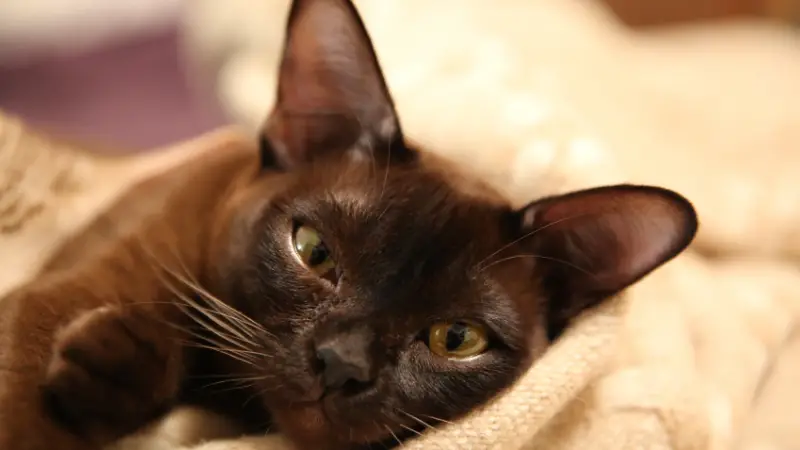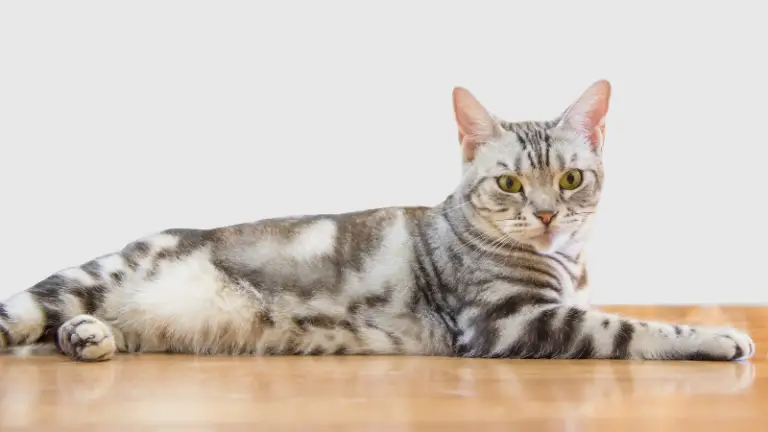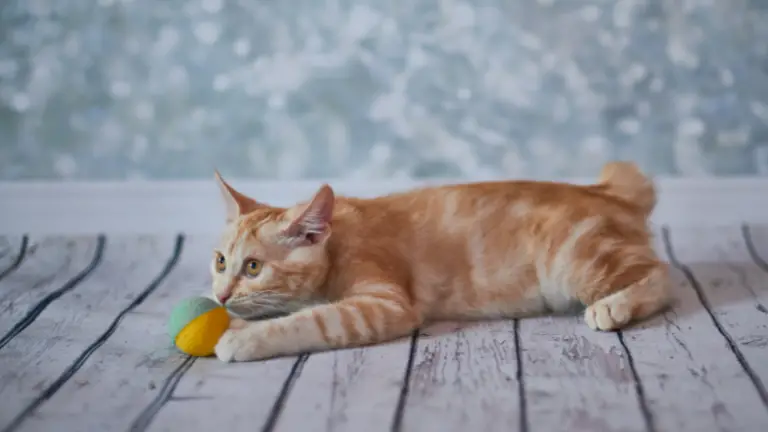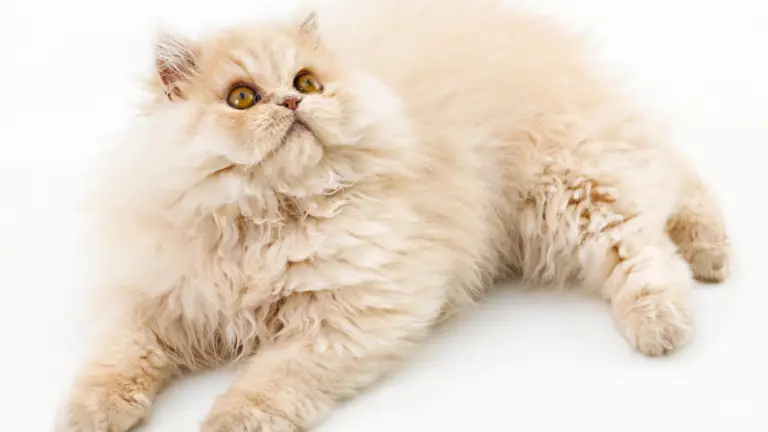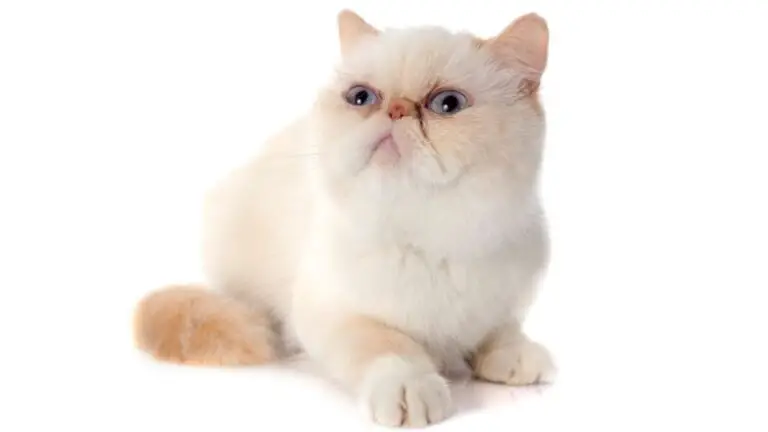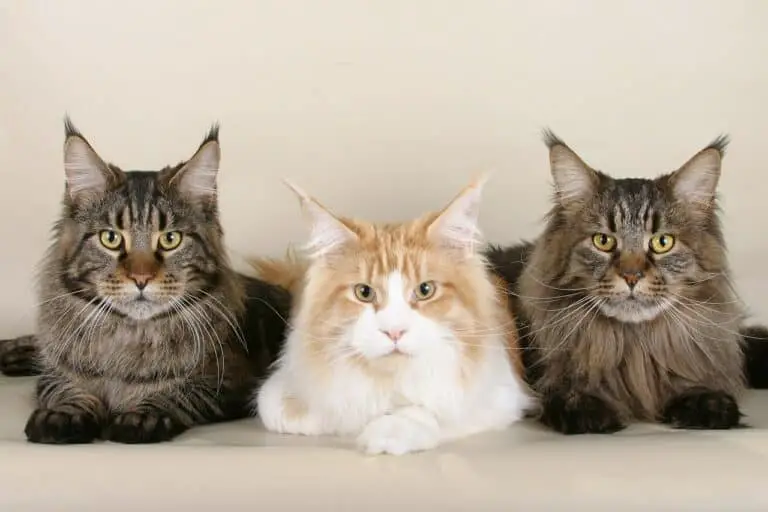BURMESE CAT PERSONALITY AND BREED (ALL YOU NEED TO KNOW)
Would you like to discover the Burmese cat personality? The Burmese cat descends from an ancient breed of cats dear to the Buddhist monks.
This cat knows how to combine the liveliness and sweetness of character with regal exotic beauty. But there is more to learn.
Let’s know more about the Burmese cat personality and breed.
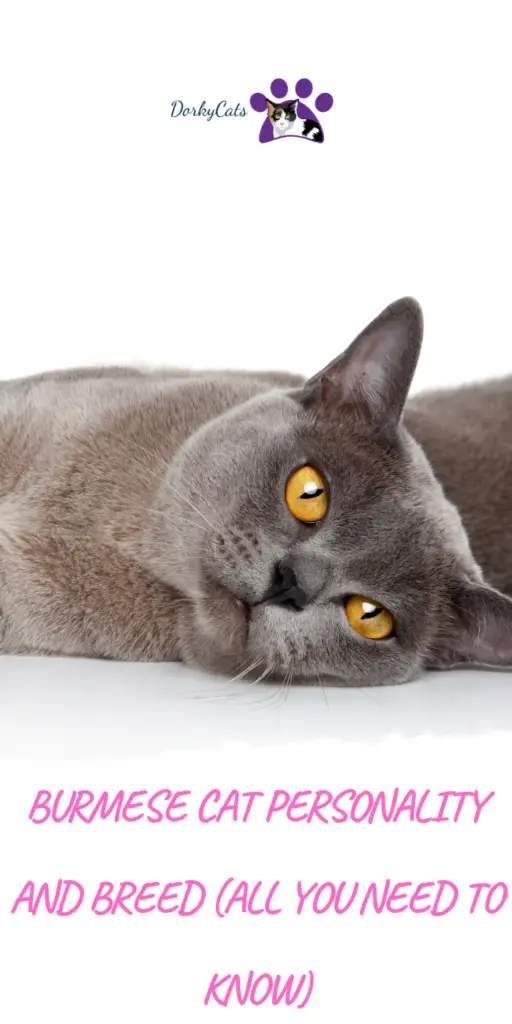
WHAT IS THE BURMESE CAT GENERAL ASPECT AND SIZE?
Burmese cats have very specific characteristics, and to make it simple to summarize the key points of their appearance, we have put together the table below.
AN ADVICE
Before adopting a Burmese, keep in mind that the American variety is more robust and stocky than the English one and has a more oriental build.
CHARACTERISTICS OF THE BURMESE CAT
| Characteristic | Description |
|---|---|
| Size | Medium, from 3 to 5 kg |
| Ears | Of medium size, slightly arched, rounded at the tip, and distant |
| Eyes | Slightly oblique in shape |
| Head | Slightly wedge-shaped, a relatively short nose, high cheekbones. Marked crack on the nose |
| Paws | Long, thin, and well proportioned; the posterior ones are longer then the anterior ones |
| Coat | Short, thick, shiny, and soft |
| Admitted colors | Sable, blue, cream blue, chocolate, lilac, red, chocolate scale, lilac scale, and sable scale |
▷ The recent red variety is typical of British Burmese cats.
The light coppery blond shade usually falls under the lilac variety. But, as kitties, the Burmese cats present clear café au lait colors.
WHAT IS THE HISTORY OF THE CORNISH REX?
Selected in the United States, it appears that the Burmese derive from an ancient oriental breed called Sulapak, which is mentioned in some documents dating back to the 18th century.
In 1930 Mr. James Thompson fell in love in Rangoon, Burma, with a beautiful chocolate-colored kitten, and he decided to take her with him to San Francisco and to have her participate in an exhibition.
However, this cat was not particularly appreciated by the people attending those shows. At that point, Mr. Thompson decided to undertake a rigorous, selective program to fix further and improve that kitten’s physical characteristics.
Finally, after several crosses, first with a chocolate point Siamese and later with the children of these first couplings, some kittens of three different colors were born, including one in particular kitten endowed with a splendid dark brown coat that would later become the distinctive hue of this breed.
The birth of the chocolate-colored kitten showed that this coloring was due to a specific gene, which was later called a Burmese gene (cb). The Burmese obtained the official recognition of their own breed by the CFA in 1936, although it had to wait until 1953 to see him compete for the title of champion.
Between the years ’50 and ’60 were imported a lot of Burmese cats to England, and from there, this breed spread to all the rest of the world.
SACRED DESCENDENCY
An ancient text describes that among the many breeds present in Siam (present-day Thailand), a breed of small cats very similar to the current Burmese, known as daeng thong.
It also appears that these chocolate-colored cats lived until the 16th century with the monks of Buddhist temples.
BURMESE CAT PERSONALITY

The Burmese is an extremely sweet and adorable cat with a constant need to receive attention. This cat tends to become very affectionate to the master, as shown by the fact that he can follow him just like a little dog would.
The Burmese cat is a great playful pet who does not like to spend a too long time in solitude. He proves friendly and willing to coexist with other cats and has no
problem to share the affection of its owners with a dog.
His meek temperament makes it a perfect game companion for children and a faithful friend for older people. He likes to live primarily in the apartment, better if with a terrace full of plants, but he is highly versatile and can adapt to other environments.
Furthermore, he does not suffer particularly from the changes, as usually happens to other cats, and he needs a very short time to settle into a new home.
For this reason, to travel with a Burmese is not a problem, providing that the pet carrier is placed in a position where he can enjoy the landscape during the travel.
He needs to be praised, receive attention, and play daily. In general, the Burmese cat has excellent adaptability and can live simultaneously in the city and countryside.
HOW TO CARE FOR AND FEED THE BURMESE CAT
This cat is absolutely not pretentious; a wipe with a cloth moistened with water and vinegar is enough to keep its coat always shiny and splendid.
With regard to the diet, the Burmese need a perfectly balanced diet. However, during delicate periods such as weaning or pregnancy is essential not to change the diet drastically to avoid that new foods can cause him problems with food intolerances.
AN ADVICE
If your Burmese just can’t stand the smell of vinegar, you can also use a flannel cloth to polish his wonderful cloak.
FREQUENTLY ASKED QUESTIONS
Do Burmese cats have behavioral problems?
Burmese cats do not have many behavioral problems, but if left alone for too long or do not receive enough attention from the family, these cats can become stressed or even aggressive.
What is the Burmese cat price?
The Burmese cat can cost between $800 and $ 2000. However, the price can vary greatly depending on the breeder chosen, the cat’s age, and the purity of the breed.
Are Burmese cats good house cats?
Burmese cats are good house cats; they love the indoor life and are flexible and adaptable. In addition, they are perfect playmates for kids and other pets.
Are all Burmese cats friendly?
Burmese cats are amiable; they like attention and give much attention to their owners. However, they can become clingy to the point of following their favorite family member through the house.
Are male or female Burmese cats more affectionate?
Both male and female cats are affectionate, but male Burmese cats tend to be more loving than females. So, if you want a more independent Burmese, you should go for a female, but if you wish for a cuddlier cat, then go for a male.
Do Burmese cats meow a lot?
Burmese cats are vocal. They tend to let their owner know what they need; if they do not like something, they have no problem vocalizing.
Are Burmese cats clingy?
Some Burmese cats can become clingy with a particular family member. Burmese like attention and like to be in the company of people and other pets.
Can Burmese cats be left alone?
Burmese cats can be left alone for a moderate amount of time. However, they suffer from solitude and from lack of attention. Those cats are for people who can actively take care of them.
Do Burmese cats get attached to their owners?
Burmese cats are known to get attached to their owners and follow them from room to room. However, they are affectionate and sweet cats that need love and like to give affection to others.
Do Burmese cats like to cuddle?
Burmese cats like to cuddle with people. So you can expect a Burmese to sleep with you or to be close to you.
Do Burmese cats get lonely?
Burmese cats can get lonely if their owner does not spend time playing with them, petting them, or just being with them.

